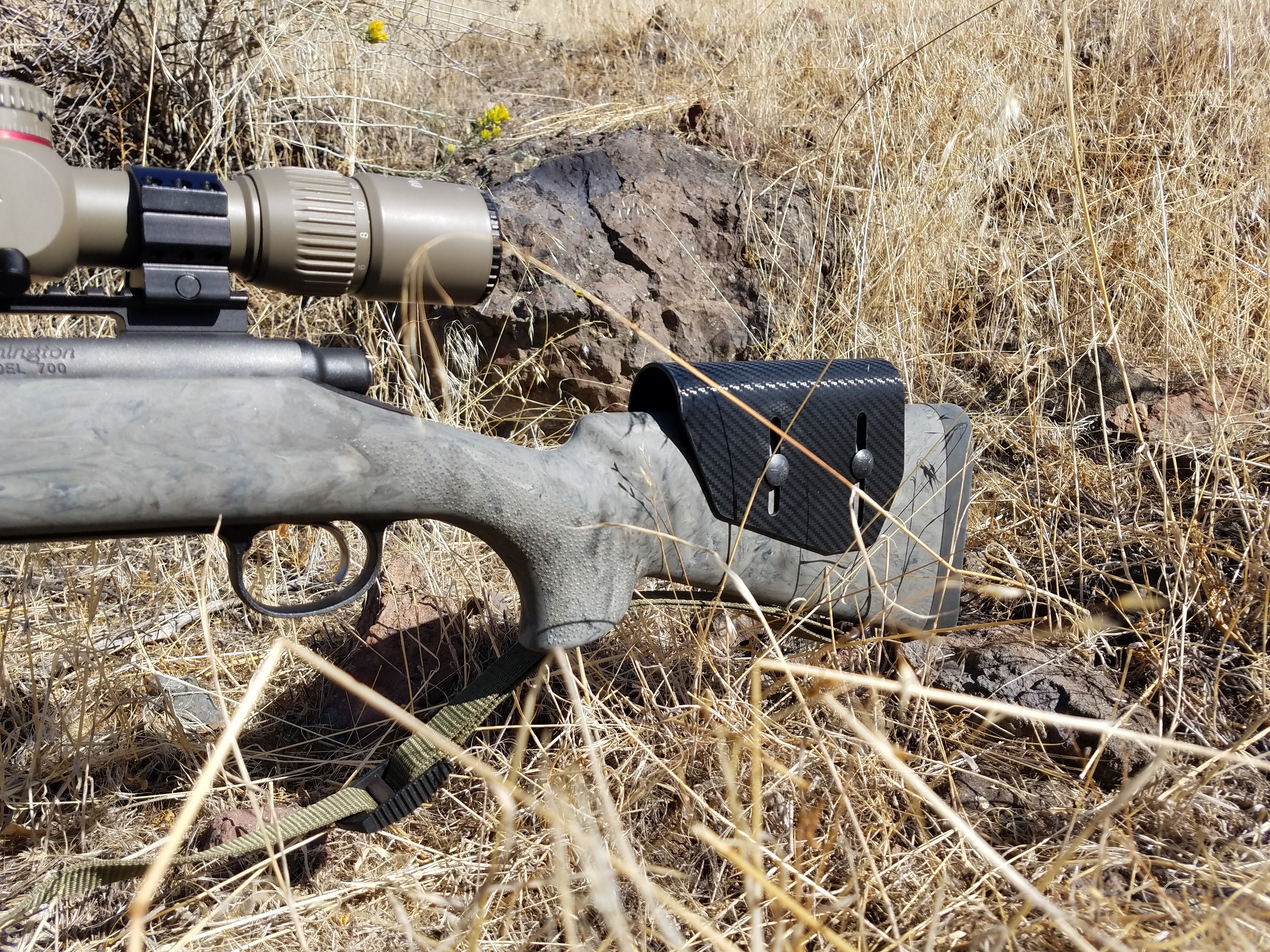The History of the Remington 700 Rifle
The Remington 700 rifle, a cornerstone of American firearms history, stands as one of the most iconic and enduring bolt-action rifles ever produced. Introduced in 1962 by Remington Arms Company, the Model 700 has earned a reputation for accuracy, reliability, and versatility, making it a favorite among hunters, competitive shooters, and military snipers. Its legacy spans over six decades, with millions of units sold and a design that has influenced countless other firearms. This article explores the origins, development, and impact of the Remington 700, tracing its evolution from a post-World War II innovation to a modern classic.
Origins and Development
The Remington 700 was born in an era of significant change in the firearms industry. Following World War II, American gun manufacturers shifted focus from military production to civilian markets, driven by a growing demand for sporting rifles. Remington, a company with a storied history dating back to 1816, sought to create a modern bolt-action rifle that could compete with established models like the Winchester Model 70 and the Mauser 98. The goal was to design a rifle that combined precision, affordability, and adaptability for both hunting and target shooting.
The development of the Model 700 began in the late 1950s under the leadership of Remington engineer Mike Walker. Walker, a skilled designer with a passion for accuracy, aimed to craft a rifle that leveraged modern manufacturing techniques while maintaining the robustness of traditional bolt-action designs. The result was a rifle that combined simplicity with precision engineering, featuring a cylindrical receiver, a two-lug bolt, and a push-feed action. These elements reduced production costs while ensuring consistent performance, setting the stage for the Model 700’s success.
Introduced in 1962, the Remington 700 was initially offered in two configurations: the ADL (A Deluxe) and the BDL (B Deluxe), with the latter featuring upgraded aesthetics like a walnut stock with checkering and a hinged floorplate. The rifle was chambered in a wide range of calibers, from the .222 Remington to the powerful .30-06 Springfield, catering to diverse hunting and shooting needs. Its modular design allowed for easy customization, a feature that would later contribute to its widespread popularity.
Design and Features
 The Remington 700’s design is a study in functional elegance. At its core is a robust, cylindrical steel receiver drilled and tapped for scope mounts, a forward-thinking feature in an era when many rifles still relied on iron sights. The two-lug bolt, inspired by the Mauser 98, provided smooth operation and reliable extraction, while the push-feed system simplified manufacturing compared to controlled-feed designs. The rifle’s trigger, adjustable for pull weight, became renowned for its crisp break, contributing to its reputation for accuracy.
The Remington 700’s design is a study in functional elegance. At its core is a robust, cylindrical steel receiver drilled and tapped for scope mounts, a forward-thinking feature in an era when many rifles still relied on iron sights. The two-lug bolt, inspired by the Mauser 98, provided smooth operation and reliable extraction, while the push-feed system simplified manufacturing compared to controlled-feed designs. The rifle’s trigger, adjustable for pull weight, became renowned for its crisp break, contributing to its reputation for accuracy.
The Model 700’s versatility was enhanced by its stock options and barrel configurations. Early models featured high-quality walnut stocks, but Remington later introduced synthetic stocks for durability in harsh conditions. Barrel lengths ranged from 20 to 26 inches, with options for heavy or lightweight profiles depending on the intended use. The rifle’s chamberings expanded over time to include popular rounds like the .243 Winchester, .270 Winchester, and .308 Winchester, as well as magnum calibers like the 7mm Remington Magnum and .300 Winchester Magnum.
One of the Model 700’s defining characteristics is its aftermarket support. The rifle’s standardized receiver and mounting system made it a favorite among gunsmiths and custom builders. Companies like McMillan, Hogue, and Bell & Carlson produced stocks, while aftermarket triggers from Timney and Jewell allowed shooters to fine-tune performance. Adjustable height cheek risers like the Razor Rest have added further customization and accuracy improvements. This adaptability ensured the Model 700’s relevance as shooting preferences evolved.
Military and Law Enforcement Adoption
The Remington 700’s precision and reliability quickly caught the attention of military and law enforcement agencies. In 1966, the U.S. Marine Corps adopted a variant of the Model 700, designated the M40, as its standard sniper rifle. The M40, initially chambered in .308 Winchester (7.62x51mm NATO), featured a heavy barrel, a McMillan stock, and a customized trigger. Its success in Vietnam, where it proved effective in jungle and long-range engagements, cemented the Model 700’s reputation as a sniper platform.
The U.S. Army followed suit, adopting the M24 Sniper Weapon System in 1988, another Model 700 derivative. The M24 featured a stainless steel barrel, a Kevlar-reinforced stock, and an adjustable buttplate, optimized for military use. Both the M40 and M24 underwent numerous upgrades over the years, with variants like the M40A5 and M24A2 incorporating modern optics and modular accessories. These rifles saw action in conflicts from the Gulf War to Afghanistan, earning praise for their accuracy and durability.
Law enforcement agencies also embraced the Model 700, particularly for SWAT and tactical units. Its ability to deliver sub-MOA (minute of angle) accuracy—meaning groups of less than one inch at 100 yards—made it ideal for precision shooting in high-stakes scenarios. The rifle’s widespread use in these roles further solidified its status as a benchmark for bolt-action performance.
Civilian Popularity and Hunting Legacy

In the civilian market, the Remington 700 became a staple for hunters and sport shooters. Its wide range of calibers allowed it to tackle game from varmints to large mammals like elk and moose. The introduction of the 7mm Remington Magnum in 1962, specifically designed for the Model 700, gave hunters a flat-shooting, long-range cartridge that became a favorite for big-game pursuits in the American West.
The rifle’s accuracy and affordability made it a go-to choice for competitive shooters as well. In disciplines like benchrest and long-range shooting, customized Model 700s consistently delivered exceptional performance. The rifle’s aftermarket ecosystem allowed competitors to tailor their rifles with precision barrels, chassis systems, and high-end optics, keeping the Model 700 competitive even as new designs emerged. A popular enhancement to the Remington 700 is an adjustable cheek rest like the Razor Rest, bringing the shooter's face in far better optical alignment than the factory stock would allow.
Remington expanded the Model 700 line to include specialized variants, such as the Sendero for long-range hunting, the Varmint Special for predator control, and the Tactical series for precision shooting enthusiasts. Limited-edition models, like those commemorating Remington’s bicentennial in 2016, added collectible appeal. Despite these variations, the core design remained consistent, ensuring compatibility across generations.
Modern Evolution and Legacy
Today, the Remington 700 remains a cornerstone of the firearms industry. Its design has inspired competitors like the Ruger M77, Savage 110, and Tikka T3, yet the Model 700 retains a loyal following. Advances in materials and manufacturing have led to modern variants like the Model 700 PCR (Precision Chassis Rifle) and the Enhanced Sniper Rifle (ESR), which incorporate modular chassis systems and compatibility with AR-15 accessories.
The rifle’s cultural impact extends beyond its technical achievements. It has appeared in films, video games, and literature, symbolizing precision and rugged individualism. For many shooters, owning a Model 700 is a rite of passage, a connection to a tradition of craftsmanship and performance.
As of 2025, the Remington 700 continues to evolve, with new models incorporating lightweight materials and advanced coatings for improved durability. Its aftermarket support remains unmatched, allowing shooters to customize their rifles for any application. Whether in the hands of a hunter stalking deer in the Rockies, a sniper in a military operation, or a competitor aiming for a perfect score, the Model 700’s legacy endures.
In conclusion, the Remington 700’s history is a story of innovation, adaptability, and resilience. From its introduction in 1962 to its status as a modern classic, the rifle has left an indelible mark on the firearms world. Its blend of precision, versatility, and affordability ensures that it will remain a favorite for generations to come.
